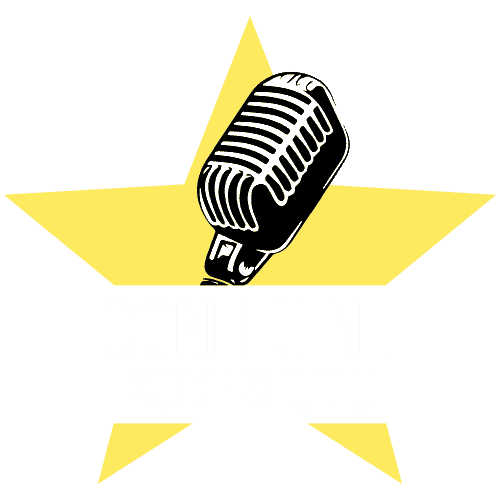Why Singers Must Conduct a Sound Check
When your band and you as the lead singer use electronic musical instruments such as the electric guitar, electric bass, or the microphone etc, conducting a sound check is necessary to balance the sound of the instruments and your voice.
Your band members will sound check their own instruments and their systems such as the monitor first and then you, the singer, or the vocal section will do your own sound check last once the sound system for the musical instruments is already well balanced. Soundcheck in this sequence will enable you to hear how you sound when you are actually singing with your band.
At the sound check, make sure that your microphone is free from its stand if you want to move around or dance during your singing performance.
Also ask the sound equipment technicians for a monitor to be placed in front of you so that you can hear yourself sing. If you can get your hands on a pair of sound monitor earpiece, that will be better because this will give you more room to prance around and entertain your audience and fans.
How to sound check the singer’s microphone?
Your singing voice when produced by the microphone should be louder and above the sounds produced by the band so that your voice can carry the songs well and able to portray your feel, song interpretation and emotions clearly.
Sometimes, this may result in loud feed backs (that loud piercing screeching sound produced by the microphone) so much so that your sound technician or yourself must know where the maximum volume can be before the irritating screeching feedback occurs. The sound technician should mark this threshold on his sound board control.
During the crescendo parts of songs, move away from the microphone so that you do not trigger feedback and move back in again during the softer part of the songs.
By doing this, you are not only able to control feed backs, you will also not irritate sensitive audience who may not enjoy loud singing. On the other hand, when the singing is soft and you are far away from your audience, they may not be able to make out what you are singing and that is why you need to move closer to the microphone when the interpretation of the song calls for you to sing softly.
It is important to watch out for consonants or lyrics beginning with ‘P’s and ‘B’s. When you are singing loudly into the microphone, these consonants may cause explosive pop pop sounds on the microphone. If you think ‘M’, you will be able to prevent ‘please’ and ‘baby’ exploding out of the speakers.
The final sound check
At the end of the sound check session, you and your band must run through a couple of songs. This is done not only because you want to hear whether the sound is good from the audience perspective but also whether all your band members can hear themselves, the band as a whole and sound from their monitors.
Learn more about at Confident Voice Studio.


 We’re Confident Voice Studio.
We are a team of nurturing teachers who can help with voice, piano, guitar, violin, and songwriting. Our expertise ranges from preschool to adult. From the first lesson to nailing an audition or preparing for performances we've got your back.
We’re Confident Voice Studio.
We are a team of nurturing teachers who can help with voice, piano, guitar, violin, and songwriting. Our expertise ranges from preschool to adult. From the first lesson to nailing an audition or preparing for performances we've got your back. 



0 Comments